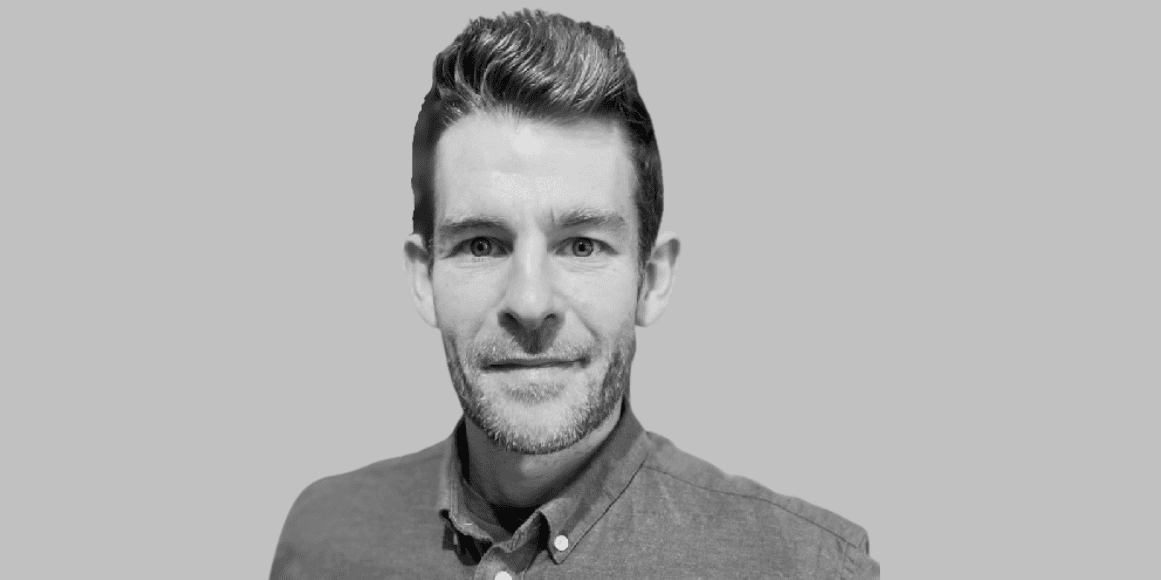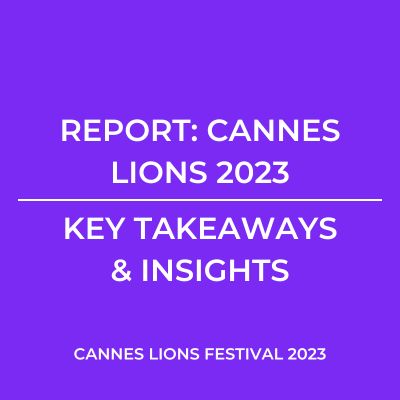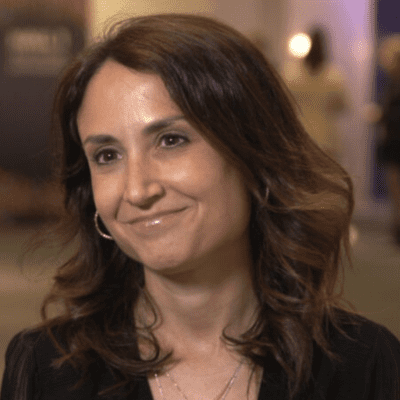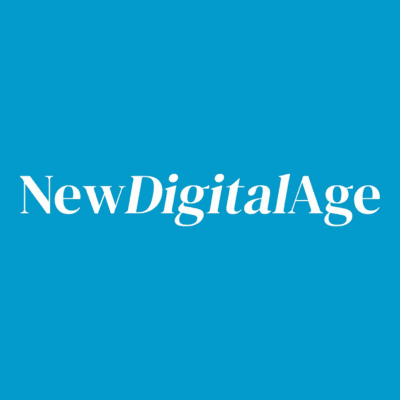Branded content has become an unmissable part of the marketing landscape. In fact, by 2026, forecasts suggest brands will be spending as much as 1 billion dollars in this space.
But why all the attention? What are the benefits of investing in branded content? How do you get started? And how do you get it right?
To find out more, we spoke with Luke Southern, CEO of DRUM, Omnicom’s branded content and entertainment agency, to discuss the business case for branded content, explore the latest content trends, and outline the advantages of working with ‘Branded Content Orchestrators’.
—
PHD: How do you define branded content?
Luke Southern: Our modus operandi at DRUM is to create content that help brands tell stories that earn the attention of their audiences. The stories can be about their products, their services, their values, whatever the brand needs to communicate but unlike traditional ads and their sometimes intrusive nature, branded content as we think about it, is much more about a value exchange between brand and advertiser. Your attention in return for something that entertains or informs you and that (hopefully) you choose to spend time with and warrants repeat viewing or engagement.
That might include brand partnerships, product placement, IP integration, or finding stories — authentic stories — from the brand that audiences will be interested in; that leads you to ad-funded, brand-funded programming or originated long-form entertainment.
PW: Which industries or verticals or types of brands are best suited to producing branded content?
LS: I think it’s relevant for every sector and every brand; it’s simply about how it’s executed. You don’t want to limit yourself by thinking “it’s just for FMCG brands” or the entertainment space, quick service restaurants or automotive brands.
Yes, integrating a car into a TV show or streaming platform show is potentially easier than sticking a paint brand into a period drama. But it should be open to everybody. It’s about finding the right strategy and the right lens to overlay, and it’s not just limited to TV.
There was a branded content drama made a few years ago by a South African Funeral Insurance business that was trying to attract younger audiences to get people to save early for funerals because funerals are expensive in South Africa. And the way that was executed as branded content was through a drama that played out in WhatsApp. It picked up a load of awards at Cannes Lions, and not only did a brand job but also moved the dial in terms of business success metrics.
PHD: What are the benefits of branded content?
LS: There is a lot of research out there that shows the efficacy of branded content or branded entertainment. For example, one piece of research shows that, from a spontaneous awareness perspective, branded content is around 46% more effective than TV ads, 44% more effective when it comes to brand favorability, and 30% more effective when it comes to brand perception.
That’s not because audiences and consumers don’t like advertising or don’t like brands talking to them, it’s more that if you talk to people through the medium of a six-part documentary series for example, where you’re shining a light on a subject that they might be interested in, you’ll have more time with that audience, and be able to tell a story that has value to them. The knock-on effect is positive uplift across all of your key, top of funnel brand metrics.
We saw this with a piece of work we did for Timberland, the fashion brand, a couple of years ago, with PHD. Timberland prides itself on its sustainability credentials. [It also has] long standing affiliations to fashion and music.
So, we made a two-part documentary series with MTV with Loyle Carner, a UK rapper, creating green spaces in the concrete environments near where he grew up on the outskirts of London. The Timberland shoes and apparel that were in the documentary and worn by Loyle and his crew didn’t feel out of place because they were contextually relevant to the overall story.
[The campaign] picked up an Entertainment Lion at Cannes in 2021, which for me is the true measure of success when it comes to brands creating branded content.
PHD: Are there any other ways or examples of ways that brands can distribute this content?
LS: Obviously it can go across digital and social channels. But I don’t see branded content as restricted to AV only. I saw a great piece of work at Cannes Lions this year which hijacked and harnessed the Grand Theft Auto franchise and it’s un-inhibitted escapism that is so beloved by gaming audiences to land a serious message about the environment and a sustainable future.
Created by Greenpeace, the campaign ‘Los Santos +3 degrees’ took place in GTA5’s fictional city. Working with a modding community, Greenpeace recreated areas of Los Santos and made it playable but after the impact of a three-degree higher climate, showing flooded parts of the landscape, the challenges of moving around, the impact to the city, people and streets in a way that wouldn’t be possible in real life to highlight the issue of climate change.
I thought that was so smart; that to me is branded content. It’s not advertising because you’re allowing your audience to have a stake in it, explore the world themselves, and have a fun time – while also educating people about real world issues through a medium they are already entirely immersed in.
PHD: Do you have any other examples of great branded content?
LS: The classic one is The Lego Movie. That is a great example because it’s so in-your-face and so overtly branded. And yet actually everybody accepts it because of the love of the brand and how those movies were executed by Warner Brothers; they’re beautiful pieces of work.
Another example is a non-AV one. Perhaps the granddaddy of branded content is The Michelin Guide – which, ultimately, was originally written to sell more tires for Michelin. It was a guide to the best restaurants and stop-off points [on popular driving routes]. By encouraging people to drive more, Michelin knew they’d need to renew the tires more often.
That’s a brilliant exchange, it’s like telling people: “get in your car, buy our products, but we’re also going to provide you with the information you need to make your experience richer”. I think we’d do well to remember that as marketers and advertisers today, right? It’s pretty simple.
PHD: How do you get started with branded content?
LS: It starts with having a valid reason and knowing why you want to do something that sits alongside advertising. It’s not an either-or; it’s not “you should stop making ads and focus everything on branded content”. They should exist in parallel.
If you’re producing, let’s say a documentary program or you’re doing a product placement into a TV show or a movie, that can sit alongside your advertising because advertising ultimately is there to persuade people to be more engaged with the brand. The branded content can be supportive of that message but executed in a slightly different way.
Authenticity is also key. So, if you’re going to integrate your brand into a show or a piece of content or print, or anything really, [it needs to have] a valid fit. You must ask yourself: “Should my brand be bringing that story to the world?”. And, if so how additive are you going to be to that story?
PHD: What does the future hold for branded content?
LS: Right now, we’re trying to help brands get under the skin of these streaming platforms. There’s been a lot of excitement from brands coming to us asking: “Okay, I can buy ads in those environments, so can I get access to Netflix’s 17 million subscribers in the UK?”. Well, no, it’s not going to be like that. It’s not a silver bullet. It’s not going to happen overnight, because ad-free platforms did not build their base with an advertising solution from the outset in the same way that something like Spotify did.
You can do a lot in these spaces through product placements, brand partnerships, and co-creating additional content, but it does require quite a bit of time and investment, and you need to go into it as a brand understanding that at some point you’re probably going to need to hand over a bit of control (to the production company behind the show), in a way that you don’t have to do with traditional advertising editorial control.
Gaming and meta environments are also really big right now. Web3 and the metaverse will open a new world of opportunities but there will be traditional ad solutions in there as well, like billboards in video games.
Look at the latest FIFA game, for example. You can play as AFC Richmond (from the TV show Ted Lasso). This is a beautifully orchestrated — what I would call — piece of branded content as it gives fans what they want: the chance to play as the team from the show, in a game that they love – and they’ll probably spend more time in that environment than they would have done otherwise.
This interview contains quotes from ‘Conquering Branded Content’, episode one of The Shift Sessions, the podcast series from PHD that explores how and why the function of marketing is shifting, identifies the new roles that will dominate teams in the future, and explains how to start building these capabilities today. Listen on Spotify, Apple, Amazon and Audioboom now.




